Without a doubt, summer is the ideal season for an Iceland vacation, when the temperatures are comfortable and the Midnight Sun makes for long, lingering days full of outdoor recreation.
Don’t shy away from the cooler months, though. In fact, February and March, as well as September and October are the prime months for viewing the Northern Lights in Iceland.
In short, if you can handle the crowds and want to take advantage of full days for sightseeing, stick to summer. If your heart is set on including the Aurora Borealis on your guided tour of Iceland, consider spring and fall, when you’ll have the additional advantage of fewer crowds.
Here’s an overview of Iceland’s seasons and our top tips for when to visit depending on what you want to do:
Essential Iceland Facts
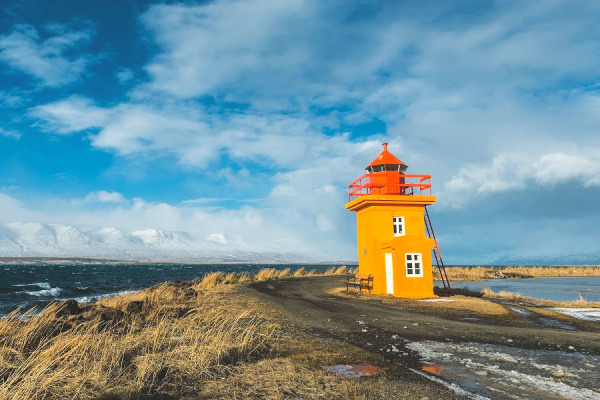
High Season: June – August
Low Season: September – May
Midnight Sun Season: June – August
Northern Lights Season: Late August – Mid-April, with peak season in September and March
Whale-Watching Season: May – July
Take stock of what you’d most like to do on your Iceland vacation before deciding when to visit.
If it’s hours of sunlight, hiking, exploring fjords and whale-watching, it’s best to plan an Iceland tour for June through August. With its 24 hours of sunlight, June is just as popular as the warmest months of July and August.
Despite its reputation as the high season, July and August can bring inclement weather. Pack wisely, being prepared for fickle temperatures and precipitation.
Season Synopsis
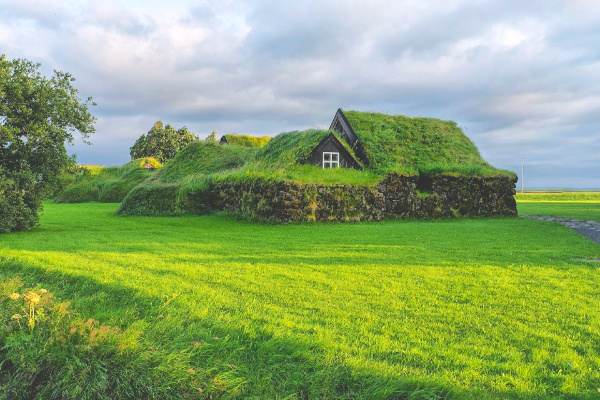
Winter in Iceland (December - February)
- Northern lights opportunities are limited due to clouds
- Minimal sunlight - 3 hours a day around Winter solstice!
- Be very careful of icy roads
- Some attractions are inaccessible
- Dress for snow
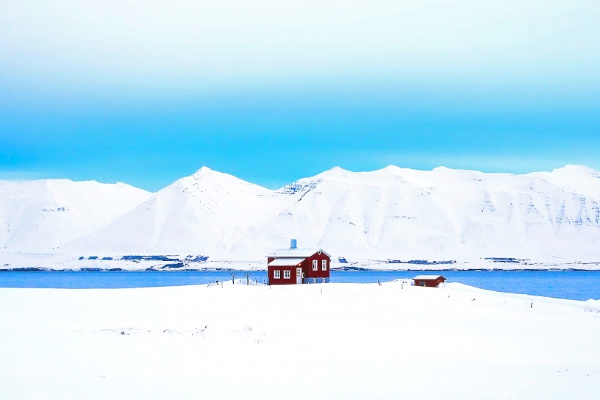
This is the time of Iceland’s long, dark nights and short, cold days - around the winter solstice, you might only experience three hours of daylight. The freezing temperatures are manageable, as long as you’re well prepared (think: layers).
Spring in Iceland (March - May)
- Weather is still cool but warming
- Lots of festivals
- Fewer crowds
- Best for puffin viewing!
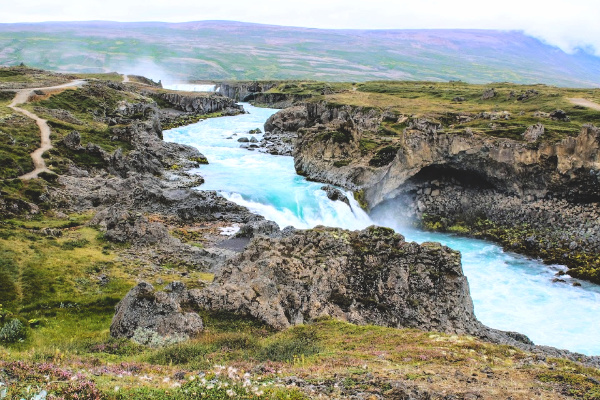
Look for wallet-friendly Iceland vacations during the springtime, as the days gradually grow longer and the snow melts to reveal a lush, green landscape. The crowds are lesser, the prices are lower and, despite rain and wind, the temperatures are moderate.
Puffins return to the Iceland coast starting in mid-April and you’ll see a fair share of baby lambs. Waterfalls are in their full glory as the ice melt cascades down into the country’s waterways.
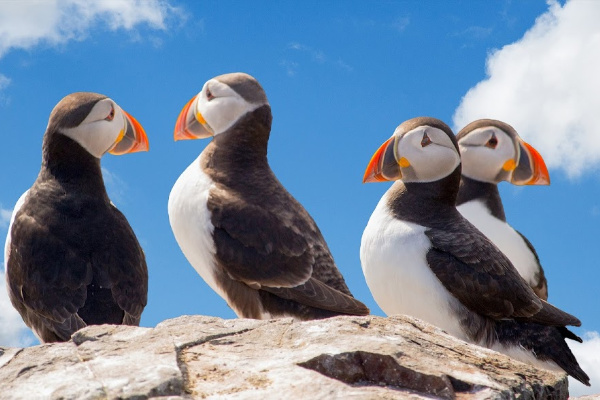
Consider an Iceland Ring Road tour during the springtime, a 1,300-kilometer loop through the spectacular scenery. It generally takes about a week to drive and explore it. (Don’t confuse this route with the Golden Circle, a drive of a few hours’ time, and also worth doing!)
Festivals get going in springtime - try to time your Iceland guided tour with one of these festive events to get a feel for how the locals live, laugh and entertain.
Some Festivals in Iceland to Consider
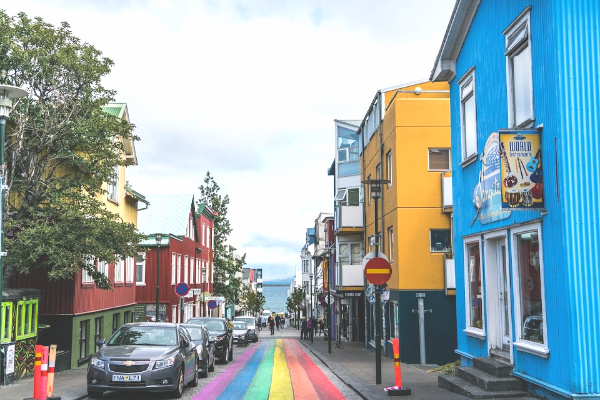
- Vaka Folk Festival: A celebration of Iceland’s best folk musicians and dancers and an insightful look into this deeply rooted music tradition in northern Europe
- Aldrei For Eg Sudur: A hugely attended music festival in the remote town of Ísafjörður, held annually over Easter weekend
- Larger music festivals: Three most popular at Iceland Airwaves (November), Secret Solstice (June) and Sonar Reykjavik (February)
- Reykjavik Fringe Festival (summer): Showcasing all kinds of theater and art forms, from stand-up comedy to poetry, burlesque to installation art
- Reykjavik Pride: Devoted to the LGBTQ+ community and full of color, music, people and glitter
Summer in Iceland (June - August)
- Higher crowds
- Very long days - 20 hours of daylight on average
- Peak whalewatching season is June & July!

Summer is peak season in Iceland, no doubt about it. This is when locals - even here in the Arctic Circle - start breaking out the short sleeves and embracing the mild weather. Shutterbugs love summer in Iceland for its perfect photography conditions, highlighting the stunning natural beauty that surrounds you.
There’s no shortage of activities for taking advantage of those longer days. Tee off at midnight. Tour the Golden Circle or the Ring Road. Go horseback riding. Stroll along a black-sand beach.
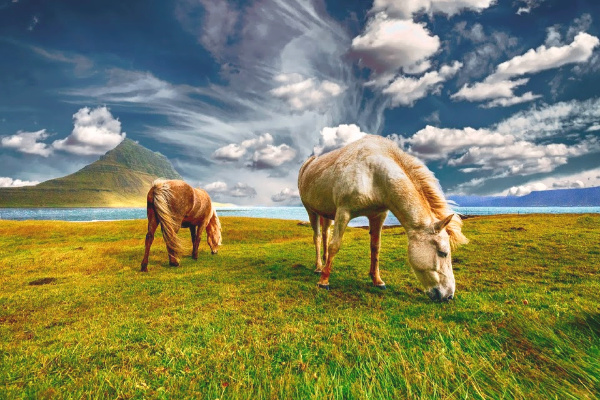
Check out geysers, waterfalls and the Blue Lagoon. Go hiking on a volcano or kayaking in a fjord. Make friends with a puffin. It’s high season in Iceland and there’s no limit on what to see and do.
Whale-watching is at its prime in Iceland during June and July, boasting sightings of minke whales, dolphins and orcas. The window widens a bit if you’re hoping to glimpse humpbacks and blue whales - they’re usually around by May and early June.

Summer Solstice Festivals in Iceland
It’s only natural to want to celebrate the summer solstice in the land of the Midnight Sun. With long days - on average, 20 hours of daylight in the summer - there’ll be plenty of time to dance, eat, drink and otherwise get giddy in honor of the ever-present glowing orb in the sky.
A few of our favorite Iceland summer solstice festivals include:
- Jonsmessa: Named for John the Baptist, this special night is celebrated annually on June 24th and thought to have supernatural powers. Stones float, cows talk and the Huldufolk, the hidden people of Iceland, come to life. The actual summer solstice occurs between June 20th and 22nd each year, so this is the Icelandic way of keeping the celebration going. And while it’s part of Icelandic folklore that it’s good for your health if you roll naked in dew-covered grass on this particular evening, we don’t suggest it in public places!
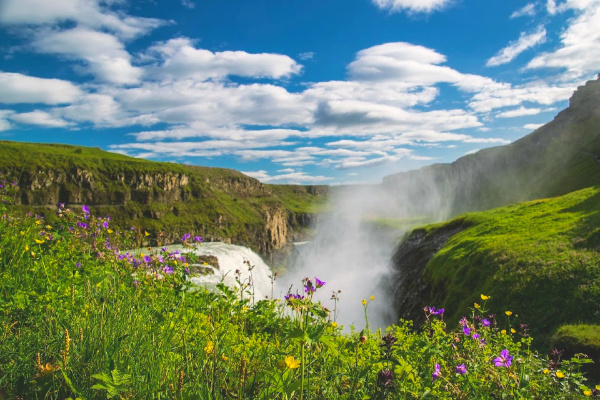
- The Secret Solstice Festival: Increasing in scope every year, this incredibly popular, family-friendly Icelandic summer festival showcases international stars, from the Foo Fighters to Radiohead. It’s a great opportunity to hear rising stars of the Icelandic music industry before the rest of the world finds out about them. Plus, this may be your only chance to attend a music concert in a glacier or in a 5,200-year-old lava tunnel. The main acts take place largely in Laugardalur in Reykjavik.
- Jonsmessuhlaup Midnight Sun Run: For those who want to celebrate the longest night of the year with a good, solid run. Choose from several race lengths, then relax in the geothermal swimming pools at Laugardalslaug at the finish line.
Fall in Iceland (September - November)
- Best season for the northern lights
- Fewer crowds
- Temperatures get very cold
- Most attractions still open, but weather could limit some options by November
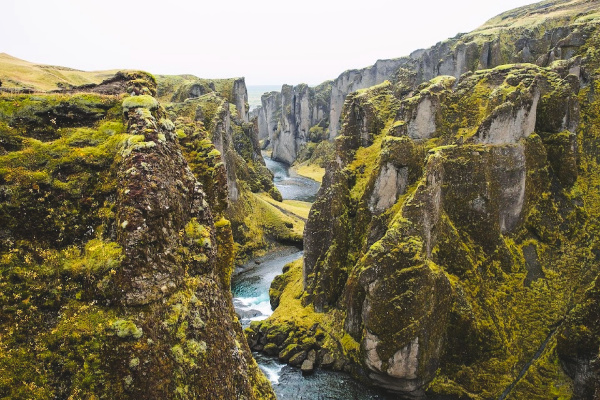
Like the spring season, fall in Iceland is a great time to take a tour for the smaller crowds and lower prices. The parks are awash in bright foliage shades, complemented by green moss across the lava fields.
There’s still enough daylight to pack in all the activities you can dream of, from soaking in the Blue Lagoon to diving at Silfra and taking a day trip to the remote seaside town of Vik.
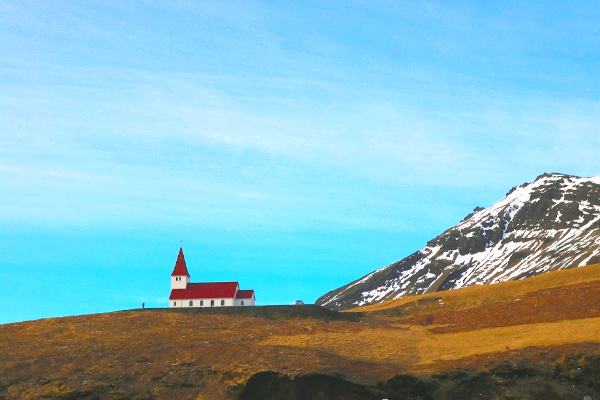
Fall is also a great time to enjoy Iceland’s hot springs, after the summer crowds have died down. Most public hot-water baths are open year-found, but try to seek out the natural “hot pots” - your Iceland tour guide should have a few favorites up her sleeve to share.
As for the famous Blue Lagoon, autumn is prime time - you’ll be able to visit the geothermal spa in relative privacy, at least without the thousands of people who visit during high season.
Northern Lights Season in Iceland
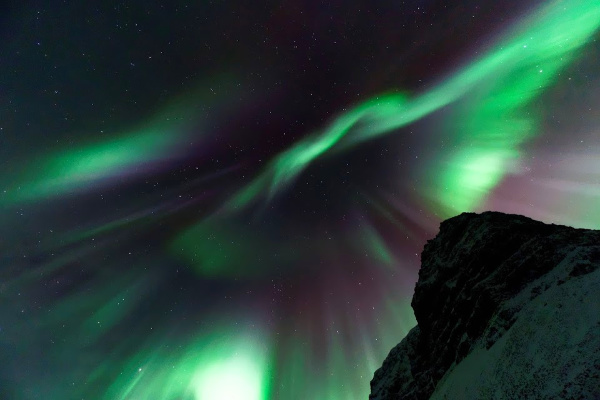
- (Late August - Mid-April, with peak season in September and March)
A special and popular season of its own, Aurora Borealis viewing time requires dark, clear skies and an increase in solar activity. While it’s possible to catch a glimpse of this cosmic light show as early as late August and as late as mid-April, the Northern Lights are at their peak in Iceland in September and March, when it’s dark after 6 PM.
It’s important to keep in mind, when planning your Iceland tour, that you should never come only for the Northern Lights. The viewings are so wind- and weather-dependent that you might come for two weeks and never actually see them.
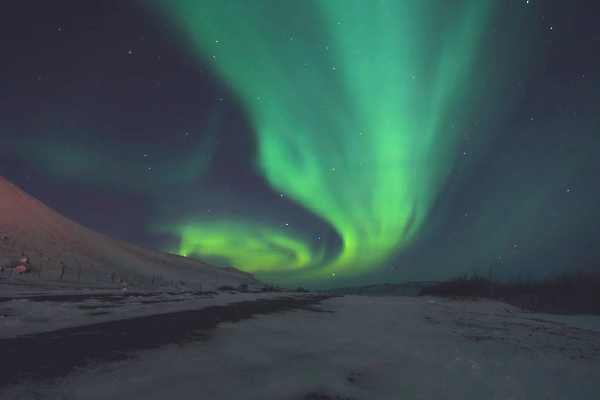
Consider including the Northern Lights as just part of your Iceland tour, while taking the time to enjoy the other activities that occur during these shoulder months.
Enjoy ice- and snow-covered waterfalls, brilliant orange- and pink-hued sunrises and sunsets and the chance to wow your friends back home with tales of a hardy winter vacation in Iceland.
Ready to visit Iceland?
View 200+ Iceland tours and adventure packages


